Rapid Review of CNE -Nursing Challenges in Coronary Artery Diseases
S. Esthar Rani1, E Nancy Almeda2
1Nursing Superintendent, Kauvery Hospital Heartcity, Trichy, India
2Nurse Educator, Kauvery Hospital Heartcity, Trichy, India
*Correspondence: Tel No: +91 8508698000; email:nursing.heartcity@kauveryhospital.com
Background
Over 25,000 people have died in India from heart attacks over the past four years, and over 28,000 over the previous three. The most prevalent kind of heart disease, coronary heart disease, will claim 375,476 lives in 2021. Approximately 5% of persons aged 20 and older have CAD. About 2 in 10 fatalities from CAD in persons under 65 will occur in 2021.
We want our young nurses at the units at Kauvery Hospital Heartcity in Trichy to have a thorough understanding of cardiac diseases and how to handle them.
We held a one-day internal CNE programme with the theme Heart-felt Nursing in commemoration of World Heart Day. Nursing Challenges in Coronary Artery Diseases on 08.10.2023. The Tamil Nadu Nurses and Midwives Council has awarded 5 credit Hours. We conducted a theory class, skill station as well.
The topics were
1. Cardiac Nursing Assessment-Doing it well
2. Hands-on Training Understanding PQRST on the ECG
3. Management of Arrhythmias-Divergence in Rhythm
4. A primer in coronary Artery Disease
5. Briefing on Acute Coronary Syndrome
6. Executable Actions in Acute MI Protocol
7. Earliest Recognition of Complication in Acute MI
8. Hands-on training The Nurses care for the Post PTCA Patient
9. Coronary Artery Bypass surgery- Post Operative Management
10. Hands-on training -Cardiac Rehabilitation-How to put the patient back on the feet
11. Hands-on training-Act fast on Code Blue
12. Hands-on training-Effective Delivery of Cardiac Care Bundles
Explanation of each topics:
1. Cardiac Nursing Assessment-Doing it well
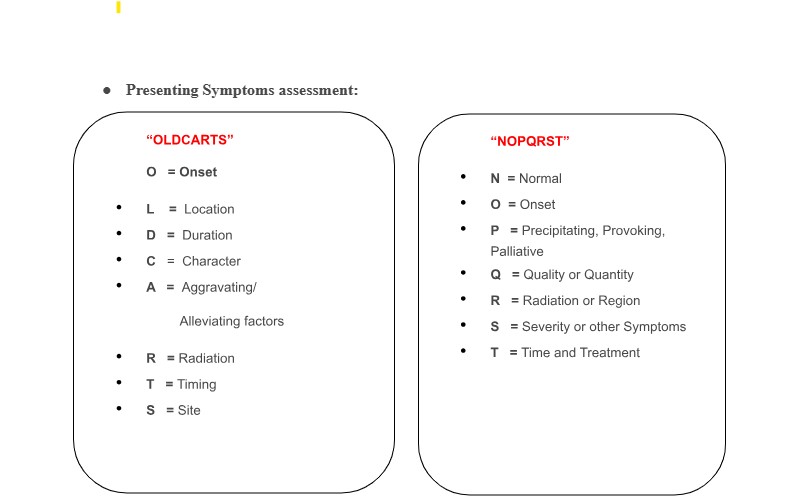
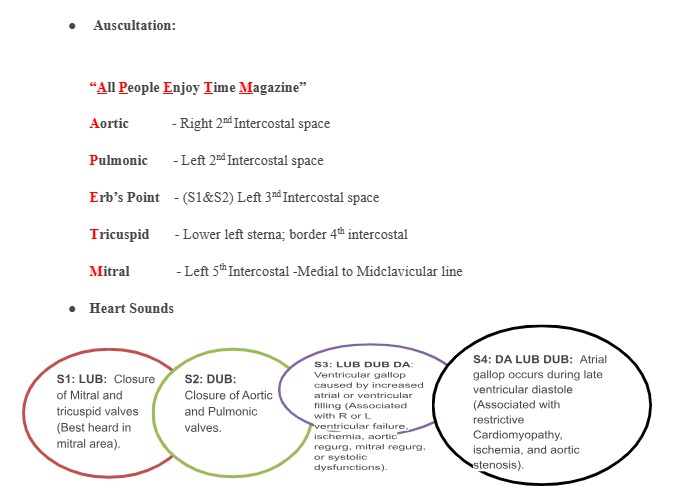
2. Hands-on Training Understanding PQRST on the ECG
- The Name Einthoven Triangle is Named after Willem Einthoven in 1895
- ECG is defined as ‘’recording of electrical activity of heart on a graph paper.”
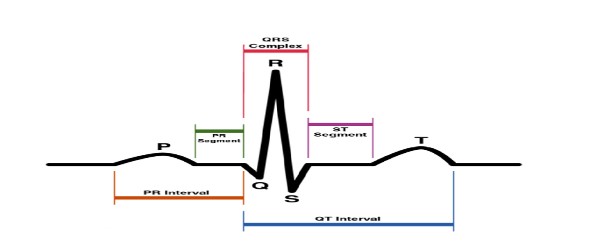
- Normal sinus Rhythm
Normal sinus rhythm (NSR) isthe rhythm that originates from thesinus nodeand describes the characteristic rhythm of the healthy human heart. The rate in NSR is generally regular but will vary depending on autonomic inputs into the sinus node.
- Other Sinus Rhythms
| Sinus bradycardia | A sinus rhythm with a rate <60 bpm |
| Sinus tachycardia | A sinus rhythm with a rate >80 bpm |
In addition to the theoretical instruction, we gave practical training for nurses. A separate stationwas set up with an ECG machine and mannequin. The staff are learned ECG well. To take with them wherever they travel, we provided them an ECG Packet book.
3. Management of Arrhythmias-Divergence in Rhythm
- Arrhythmias are abnormal rhythm of the heartbeat. They include abnormalities of impulse formation, such as heart rate, rhythm, or site of impulse origin and conduction disturbances, which disrupt the normal sequence of atrial and ventricular activation.
- Classification:
Atrial:Atrial fibrillation. Atrial flutter. Atrial Tachycardia. – AV node:AV node extra systolic paroxysmal tachycardia. Ventricle :Ventricular tachycardia. Ventricular fibrillation. PSVT. |
|
Arterial Fibrillation
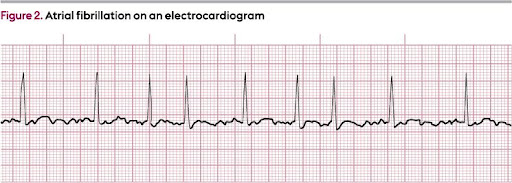
Arterial Flutter
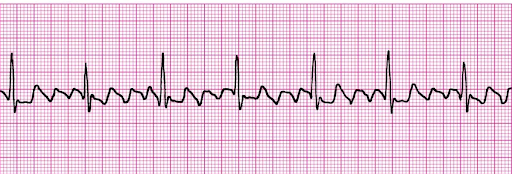

Ventricular Tachycardia

Sinus Bradycardia
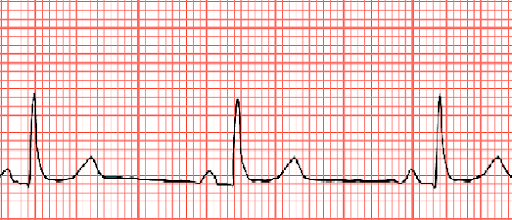
Heart Block
It is a delay in conduction of impulse from atrial to ventricular chamber this is called as AV block.
Types of Heart Block:
- First Degree AV block

- Second Degree AV block
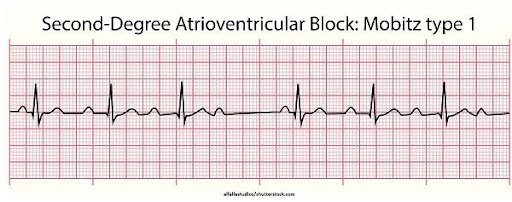
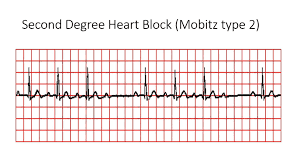
- Third Degree AV block:

4. A primer in coronary Artery Disease
- Coronary artery disease is the narrowing or blockage of the coronary Arteries usually caused by atherosclerosis.
- Forms of coronary artery disease
There are two main forms of coronary artery disease
Stable ischemic heart disease:
This is the chronic form. The coronary arteries gradually narrow over many years. Over time, the heart receives less oxygen-rich blood.
Acute coronary syndrome
:
This sudden form is a medical emergency. The plaque in the coronary artery suddenly ruptures and forms ablood clot that blocks blood flow to the heart. This abrupt blockage causes a heart attack.
- Prevention:
- Control conditions such as high blood pressure, high cholesterol and diabetes.
- Quit Smoking and all tobacco use.
- Stay physically active.
- Eat a low fat, low-salt diet that is rich in fruits, vegetables and whole grains.
- Maintain a healthy weight.
- Reduce and manage stress.
5. Briefing on Acute Coronary Syndrome
- Acute coronary syndrome is a term that describesa range of conditions related to sudden, reduced blood flow to the heart. These conditions include a heart attack and unstable angina.

- It is refers to a group of conditions that include ST-elevation myocardial infarction (STEMI), non-ST elevation myocardial infarction (NSTEMI), and unstable angina.
6. Executable Actions in Acute MI Protocol
- Myocardial infarction is a diseased condition, which caused by reduced blood flow in a coronary artery due to atherosclerosis and occlusion of an artery by an embolus or thrombus.
- Types of Myocardial Infarction
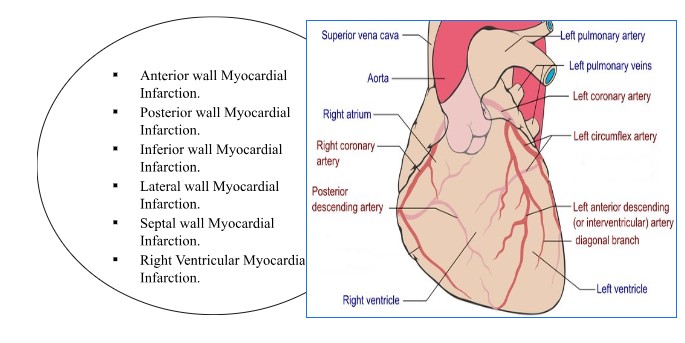
7. Earliest Recognition of Complications in Acute MI
- Acute myocardial infarction is myocardial necrosis resulting from acute obstruction of a coronary artery.
- Types of complications
- Electrical Complications.
- Mechanical complications.
- Pulmonary Embolism.
- Systemic Embolism.
- Heart Failure.
- Cardiogenic Shock.
- Pericarditis.
- Early post-infarction Pericarditis.
- Post MI syndrome (Dressler’s Syndrome).
8. Hands-on Training the Nurses care for the Post-Operative Management
- Percutaneous Coronary Intervention (PCI) is the most prevalent method for coronary artery revascularization. It is also known as coronary angioplasty. It is a nonsurgical technique used to treat obstructive Coronary Artery Disease (CAD), including unstable angina, acute Myocardial Infarction (MI), and multi-vessel CAD. PCI includes Percutaneous Transluminal Coronary Angioplasty (PTCA) with or without stent placement.
- Primary PCI refers to the immediate coronary angiography procedure for acute ST-segmentElevation Myocardial Infarction (STEMI).
- Elective PCI is used to treat a patient with symptomatic coronary artery disease (CAD) or for post-MI patients who have recurrent or inducible angina.
Primary PCI should be performed quickly with the goal of door-toballoon time of 90minutes.
PCIs encompass angioplasty, stent placement, atherectomy, laser treatment, and cutting
balloon angioplasty, and brachytherapy.
- Stents are useful for:
- Short lesions in large native coronary arteries not previously treated with PTCA
- Focal lesions in saphenous vein grafts
- Treatment of abrupt closure during PTCA
We set up a station where we show cased the items that we utilized in our Cath lab. We also created a functioning model of the coronary circulation. All of the nurses found the live session to be extremely helpful.
9. Coronary Artery Bypass Surgery-Post Operative Management
- Bypassing blocked coronary arteries using patient’s own venous or atrial blood vessel or synthetic grafts.
- Important Post operative Nursing care
- Ryle’s tube
- Endotracheal tube
- central venous catheter
- Pulmonary artery catheter
- chest drainage tube
- Urinary catheter
- Peripheral venous cannula
- Radial artery cannula
- Femoral artery line
- IABP- Intra aortic balloon pressure
- ECMO – extracorporeal membrane oxygenation
- DVT
- ROM
- Early ambulation after 72 hrs. It’s extremely important.
- Pressure score :
- To provide back care 4 hourly once
- Change the position 2 hours once
- Oral care :
- Per day 2 times oral care given
- Nutrition:
- Starchy foods such as wholegrain rice.
- Fruit and vegetables.
- Post OP Complications
- Low cardiac output syndrome (LCOS)
- Dysrhythmias
- Diastolic dysfunction
- Decreased Myocardial Contractility
- Cardiac Tamponade
- Respiratory Failure
- Bleeding
- Pneumothorax
- Hemothorax
- Renal Complications
- Gastrointestinal Complications
- Acute Prosthetic Valve Failure
- Neurologic Complications
- Infectious Complications
10. Hands-on training -Cardiac Rehabilitation How to put the patient back on the feet
- CardiacRehabilitation is defined as The sum of activity and interventions required to ensure the best possible physical, mental, and social conditions so that patients with chronic or post-acute cardiovascular disease.
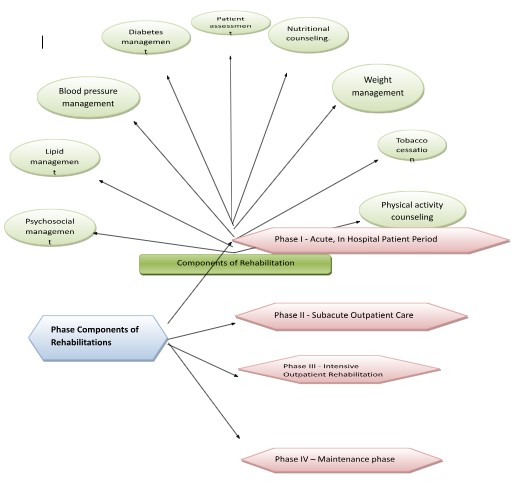
11. Hands-on Training Act fast on Code blue
- A blue code is defined asany patient with an unexpected cardiac orrespiratory arrestrequiring resuscitation and activation of a hospital-wide alert.
- Code Blue members:
- Emergency Physician or Anesthetist on call -Team Leader.
- Witness nurse -Compression.
- Senior Nurse from ER -Airway.
- Senior Nurse from CCU II -Drug Nurse/ She carries MEAT Box.
- Senior Nurse from CCU I – Defibrillator.
- Nursing Supervisor-Documentation Nurse.
- We taught a class at our Code Blue station using a CPR mannequin and by putting up the Chain of Survival board and the AHA-BLS Algorithm. Using a mannequin, all of the nurses practiced good BLS. When doing BLS both within and outside of the hospital, we ensure that they adhere to all the guidelines.
12. Effective Delivery of Cardiac Care Bundles:
- A Care Bundle is a collection of interventions (usually 3-5) that are evidenced based.
- A Care Bundle is a means to ensure that the application of all the interventions is consistent for all patients at all times thereby improving outcomes.
- Cardiac Care Bundles available
- Transport Readiness
- Unit preparedness
- On Board
- Specific
- Extended
- Concomitant
- Concurrent (If Patient Complaints Of Chest Pain)
- Thrombolysis
- Arrhythmic Event
- CAG Bundle
- Prophylactic
- HIC practices
- Benefits of Cardiac Care Bundle
- Direct benefit to the patient.
- Shorter intensive care unit stay.
- Reduced financial cost.
- Improve resource utilization, and therefore, benefit to other patients outside the scope of the care bundle.
- Proactive thinking of nurses to act fast.
Images of the programme:

Conclusion:
One of the best skills is learning. I hope this succinct overview of the programme helps you think better. Understanding cardiac science is quite broad. I hope you now have a basic understanding of coronary artery disease.

